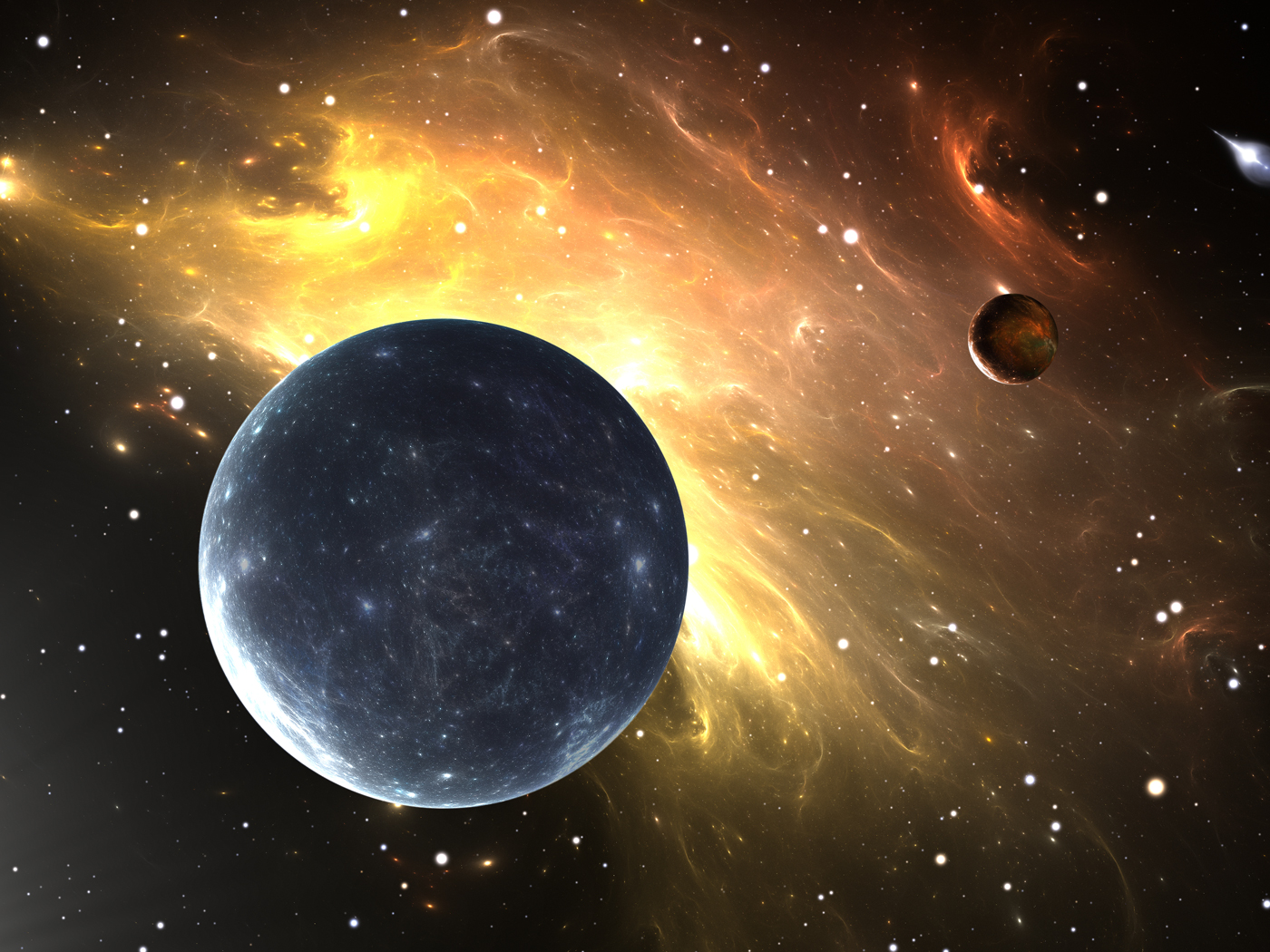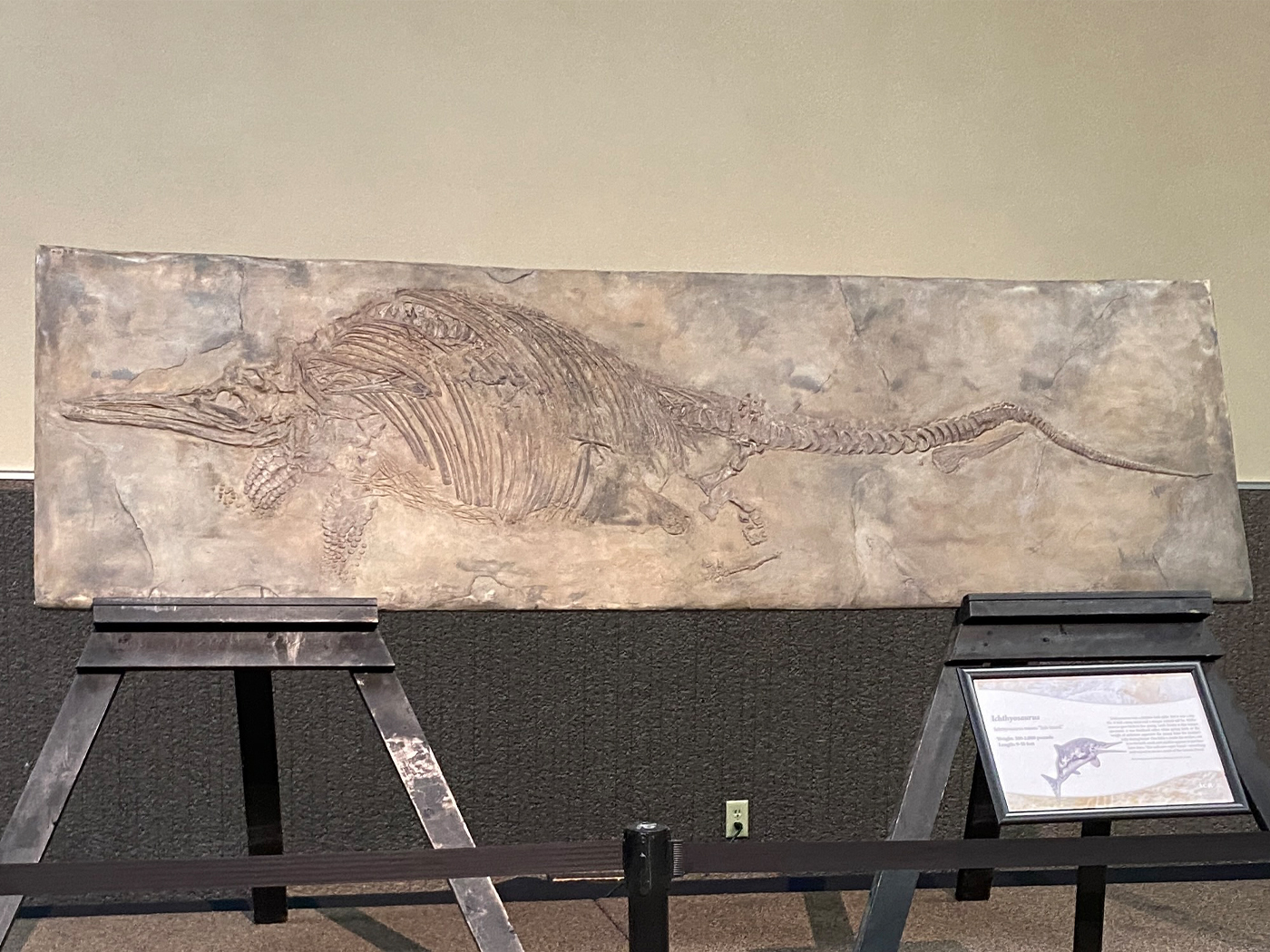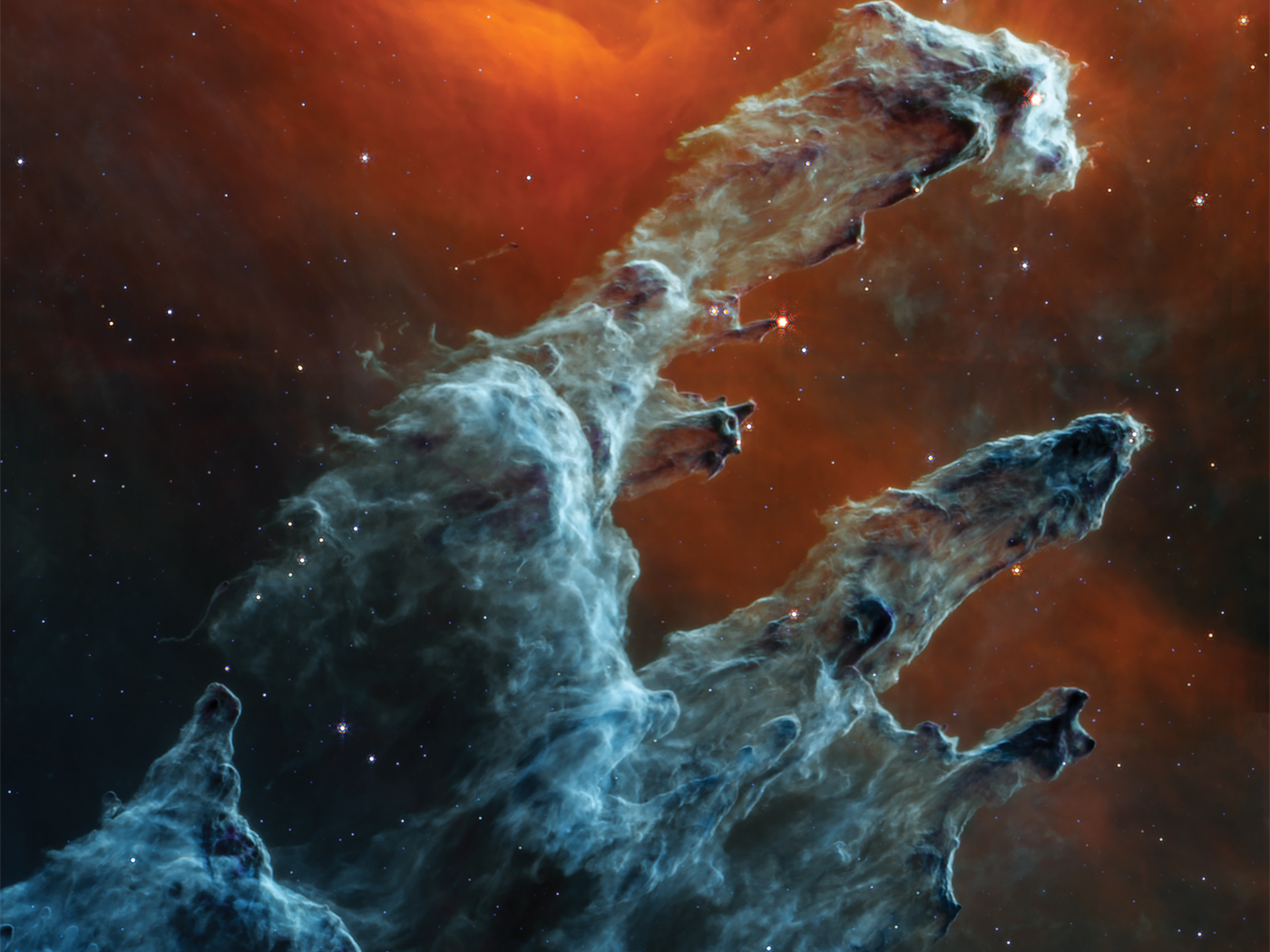Big Bang cosmologists believe that our human bodies are essentially "stardust," composed of elements generated long ago in exploding stars which disbursed their dust into space. The trail began some 15 billion years ago in the primeval Big Bang, which first produced simple chemical elements, then eventually stars and galaxies and planets and people through aeons of evolution.
This idea is not scientific. Scientists have never observed stars or planets evolve, so such ideas are essentially based on naturalistic speculation supported mostly by esoteric mathematics, so they are not scientific, by definition.
As far as the stars are concerned, Abraham Loeb (of the Harvard University Center for Astrophysics) has frankly acknowledged that scientists do not know how they formed.
The truth is that we don't understand star formation at a fundamental level.1
The most favored theory at present is that the Big Bang explosion generated the simple elements hydrogen and helium, which eventually coalesced into the first simple stars.
These stars, known as Type-3 Stars, did not include any complex elements. The latter had to be generated when some of this first group of stars exploded as supernovas. From the resulting stardust evolved more complex stars and eventually planets and people.
The problem is that, out of the billions upon billions of stars in the observable universe, there do not seem to be any Type-3 Stars at all.
The first generation of stars likely formed when the universe was only a few million years old (though these Population III stars have not yet been identified).2
It seems like we should see plenty of them if they ever existed, since all the other stars supposedly keep coming from them.
Be that as it may, we are more interested in our sun with its solar system. There have been various theories of the evolution of the planets and their satellites, as well as the comets and asteroids. Most of these theories have encountered insuperable obstacles, so that the current theory (of last resort, actually) is a set of catastrophic theories based on multiple impacts of various rock bodies.
The moon (to take a "close to home" example) is said to have originated in a gigantic impact on Earth.
Many models have been proposed for the formation of the Moon, but no one has succeeded in showing the formation satisfactorily. The popular "giant impact" model states that a Mars-sized protoplanet hit the proto-Earth and generated a circumterrestrial debris disk from which the Moon accreted.3
While this theory may have fewer problems than others, it appears extremely imaginative and quite incapable of proof. Furthermore, it does encounter one serious difficulty.
However, no reasonable means to rid the Earth/Moon system of the excess angular momentum has yet been proposed.4
One scientist in this field seems about ready to give up hope that the origin of the moon can ever be explained, not to mention the other planets and satellites.
All in all, developing a theory of lunar origins that could make sense of data obtained from the Apollo lunar landing programme proved very difficult. So much so, in fact, that when I took a class on our planetary system from Irvin Shapiro two decades ago, he joked that the best explanation was observational error—the moon did not exist.5
The comets orbiting the sun present another problem. These bodies lose considerable mass at every pass around the sun. They cannot survive many orbits, and thus cannot be very old. To get around this problem, evolutionists assume there is a vast cloud of hibernating comets out near the edge of the solar system, which releases new comets every so often.
This imaginary cloud is called the "Oort Cloud," named after the astronomer who proposed it. The problem is that there is no observational evidence such a cloud exists at all.
We have never actually "seen" the Oort Cloud. . . . We infer the existence and properties of the Oort Cloud . . . from . . . the steady trickle of long-period comets into the planetary system.6
The underlying reason for space research is to explain the origin of the stars and planets without God having been involved. The ultimate hope is to find evidence of extraterrestrial life somewhere, for that would prove, they say, that life could evolve anywhere—not just on Earth.
One hope is to locate some type of nonrandom radio signals from the stars. Very elaborate radio telescopes have been built and monitored for years hoping to catch them. But this effort has been a waste of much money.
. . . scientists are systematically scrutinizing a thousand nearby sun-like stars for the faint signal that would betray intelligent habitation. So far, they have found nothing—not a single extraterrestrial peep. . . . we are, to our knowledge, still alone in a vast cosmos.7
Nevertheless, NASA is still hoping to find some evidence of extraterrestrial life—if not human life on some far-off planet, then at least microbial life on a nearby planet.
The only candidate remaining in the solar system is Mars. Although Mars seems to be devoid of any life at all, they still are searching for evidence that it used to be there. Two years ago, NASA generated global publicity by announcing they had found such evidence—a Martian rock with fossilized bacteria that had somehow traveled to Earth and landed in Antarctica.
This claim has been well debunked by now.
Eighteen months after David S. McKay and his colleagues . . . raised eyebrows with their claim . . . the team has made few converts . . . its critics have published dozens of new observations they believe make that theory increasingly improbable. . . .8
On the other hand, this sensational claim of Martian life has been immensely successful in one sense.
Scientists now working on . . . the possibility of extraterrestrial life are funded at levels that two years ago would have been unimaginable. Had NASA's publicity machine not turned McKay's paper into a global media event, this largesse would never have been granted.9
What is NASA up to? Two years ago, the agency thought it had discovered life on Mars and set the world ablaze with talk of a Universe populated by aliens. Now it has discovered water on the moon and the world is already planning holidays at lunar resorts. . . . But we should not be cynical. NASA needs periodic blazes of publicity to keep the U.S. Congress interested in funding space exploration.10
The most recent NASA project has been the widely publicized adventure of sending an ex-senator and ex-astronaut (now 77 years old) back on a space mission, ostensibly to research the effects of space travel on the aging process. The public-relations boost for NASA has again been enormous.
There is a lot of extraterrestrial life, of course. The Bible calls them angels! These are specially created beings "sent forth to minister for them who shall be heirs of salvation" (Hebrews 1:14).
But the astro-scientists will not find any angels with their telescopes or space probes. Neither will they find any other humans or humanoids out there. Physical life was specially created, and Earth was created uniquely to support that life. The stars were created for other purposes, not yet revealed. "The heaven, even the heavens, are the LORD'S: but the earth hath He given to the children of men" (Psalm 115:16).
Evolutionary scientists would be well advised to "hit the sawdust trail" that leads to Christ and forget about the imaginary stardust trail that they think led to life.
1 Cited by Marcus Chown in his article "Let There Be Light," New Scientist (vol. 157, February 7, 1998), p. 30.
2 Fred C. Adams and Gregory Laughlin, "The Future of the Universe," Sky and Telescope (vol. 46, Aug. 1998), p. 34.
3 Shigeru Ida, Robin Canup, and Glen Stewart, "Lunar Accretion from an Impact-Generated Disk," Nature (vol. 389, Sept. 25, 1997), p. 353.
4 Ibid., p. 357.
5 Jack J. Lissauer, "It's Not Easy to Make the Moon," Nature (vol. 389, Sept. 25, 1997), p. 327.
6 Paul R. Weissman, "The Oort Cloud," Scientific American (vol. 279, no. 6, September 1998), p. 84.
7 Seth Shostak, "When E.T. Calls Us," Astronomy (vol. 25, Sept. 1997), pp. 37,41.
8 Gibbs W. Wayt, "Extra-Terrestrial Life Endangered," Scientific American (vol. 278, April 1998), p. 19.
9 Charles Seife, "Money for Old Rock, New Scientist (vol. 159, Aug. 1, 1998), p. 20.
10 Alun Anderson, "Giant Steps," New Scientist (vol. 157, Mar. 14, 1998), p. 3.
* Dr. Morris is Founder and President Emeritus of ICR.


















